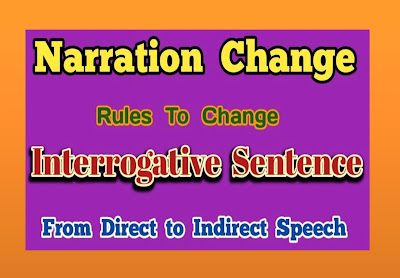Usage of ICT in Public Health and Research
Usage of ICT in Public Health and Research
The evolution of information and communication technologies (ICT) is closely linked to the internet and the evolution of data networks. Today the data connection is available everywhere and traditional voice communications are now a small part of the wide range of services that can be used for communication (video, desktop sharing, chat, instant messaging, networking social).
All these services are now easy to use and to access from any portable device, such as PCs, smart cell phones and tablets, which we can use for almost any daily activity. This practical application of ICT and telecommunications devices permeates all the services that we often use, including those in the health sector. The impact of ICT technologies on health has been so great that e-health, tele-medicine or e-health is currently being considered, which according to the World Health Organization, is understood as the use of information and communication technologies to promote health, whether digitized health products, systems and services are delivered in a physical location, such as hospitals, or remotely at home and at work (2004). So we have to The characteristic of these services is that they are based on ICT, since access to health information in homes is via the Internet, and they are distinguished because it is considered a 24-hour, 7-day-a-week service. Something that has not yet been fully achieved with conventional public health services. This measure not only encourages personal wellness and disease prevention, it also leads to better informed health care decisions for each individual and their families.The cutting-edge technology, especially in the transfer of communication and information, would allow even greater advances in public health. The real health reform would come only from demand reduction, as individuals learn to take charge of their health. In this sense, information and communication technologies can do wonders towards achieving better health. However, it is important to consider that not by achieving access to e-health; it already means an automatic guarantee of improvement for the individual. In fact, important health risks are run due to the indiscriminate use and abuse of the information available on the internet as a tool to heal our discomforts without consulting a professional doctor or without the need to consult a specialist. However, the use made by health professionals and the general public with e-health has been very convenient. There is evidence that e-health and computerized medical services have already penetrated at different levels in the health sector and have become almost omnipresent since they have been used mainly for monitoring and communication purposes, in any case, to facilitate care for patients. Distance from people in their homes, and all of them have reported success in terms of adoption and use of new technologies.
In the health sector, it has become the transmission of high-quality health information and educational materials for consumers, in order to give them the possibility to make informed decisions and deal more actively with their health. This in the library field has been very attractive and profitable. For example, there is a whole range of quality websites and bibliographic databases that help in the consultation of health information, which can range from the highly specialized for research to the informative one aimed at a more general public. Also some of these digital information resources specialize in topics or specialties, for example, some focus on specific diseases, while others are general portals such as Medline Plus.
This situation requires the application of health-related information and information and communication technologies to help in the provision of more profitable healthcare for all people. For a measure to be successful, people must be prepared to adopt these technologies deployed in a key government sector to foster the personal and social development of citizens. Given all the benefits and disadvantages that e-health can cause; it is of utmost importance to consider, and if necessary rethink, the development of policies for its implementation, expansion or improvement.
Training of remote-controlled health services or e-health services that are intended to be developed in the countries, so an example of the degree of transcendence of policies in e-health lies in avoiding at all costs the disparity and lack of regional adaptation of the projects that intend to use information and communication technologies in health. It is necessary to consider the economic, social and technological impact of automated health services. The same World Health Organization (2004) emphasizes the need to research and analyze the social and economic effects on the health of the population in relation to policies related to information and communication technologies. From an international perspective, it is essential to work on guidelines that allow the equally incorporation of the most vulnerable populations in cyber-society, because if care is not taken, there is a risk of increasing inequalities even more not only in terms of technology, but also in the social and economic sphere.










Comments
Post a Comment